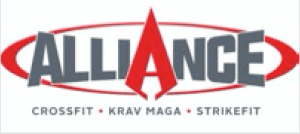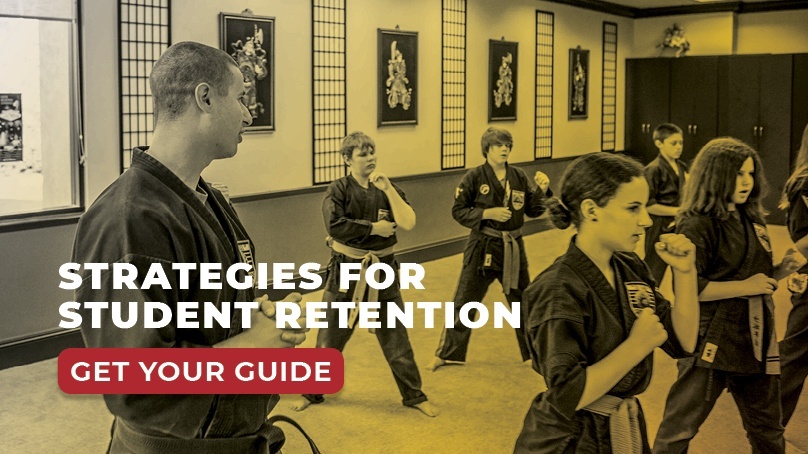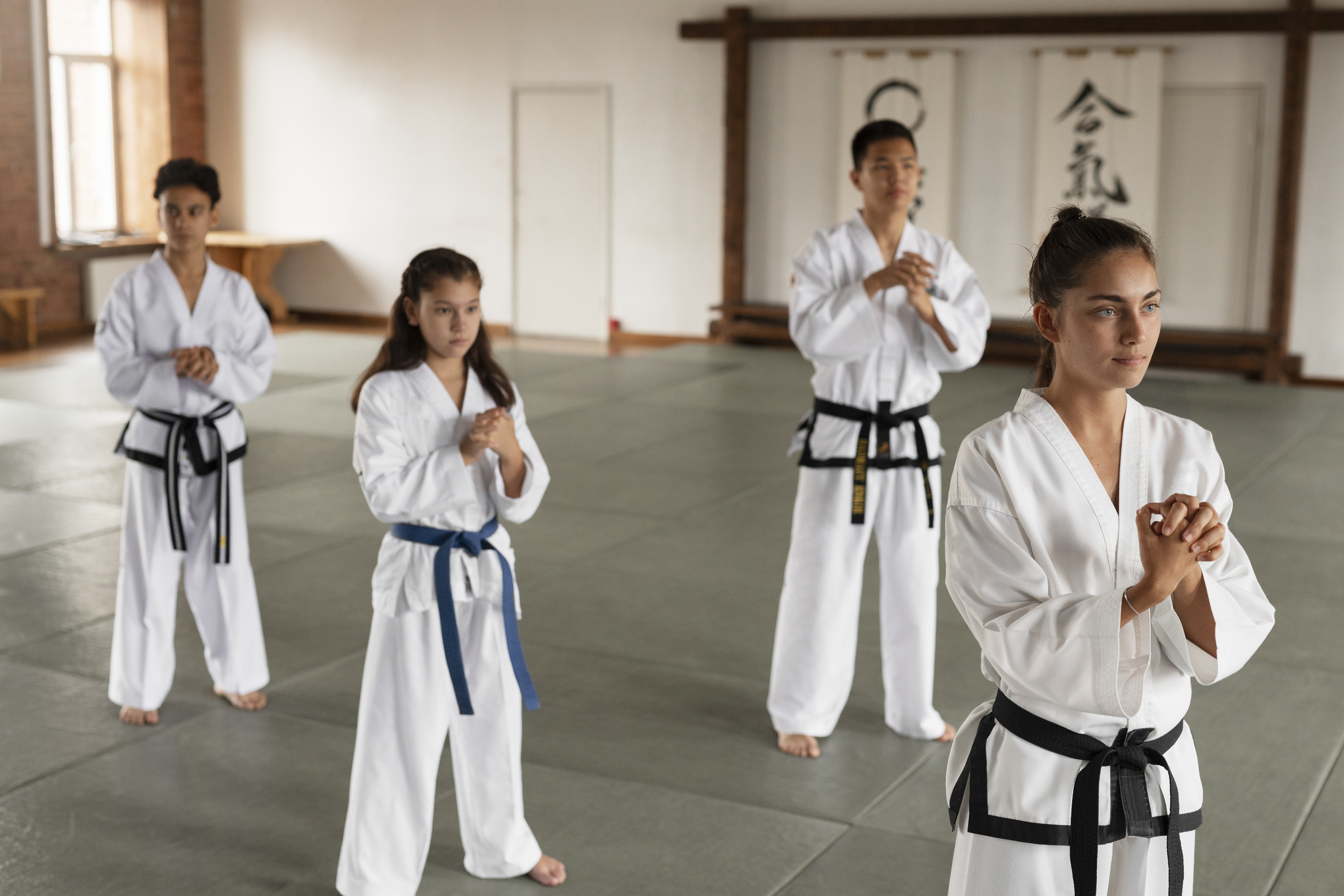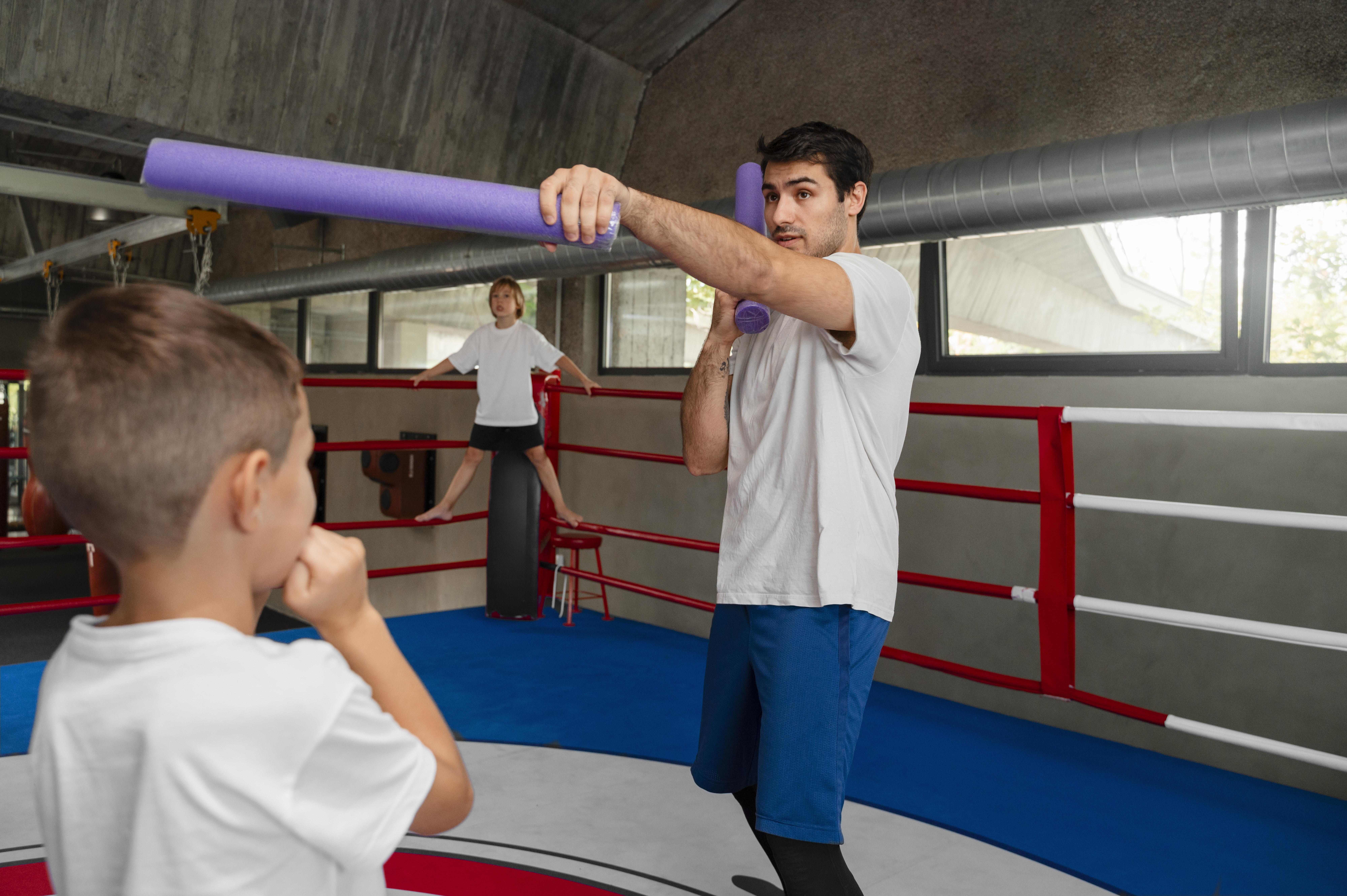How to Run a Krav Maga Basics Program


A smooth introduction is vital, whether you’re at a singles bar or selling martial arts memberships. The introductory program we advocate has about an 85% success rate and solves other program-related problems, too.
There are a number of different “Intro Programs” for martial arts schools. The most popular systems involve a private introductory class and sometimes include a follow-up visit to a regular class. Our Krav Maga Basics program is a little different: it is a six-class program that teaches all the basic skills a new member will need to jump into a regular class.
We chose this system because I wanted to solve four problems:
- Create a successful closing tool
- Create a safety net to catch prospective members who were on the fence
- Solve the problem of new members slowing down my regular beginner class
- Remove the intimidation factor for beginners who had heard our martial art was too hard
For us, a one-time Intro solved the first problem but not the others. I spent time playing with different (ultimately unsatisfactory) options, until I realized that I already had an example of what I wanted. In my other training room, we were already running a “CrossFit® Basics” program which served as an on-ramp to prepare new CrossFit® members for the regular class.
example of what I wanted. In my other training room, we were already running a “CrossFit® Basics” program which served as an on-ramp to prepare new CrossFit® members for the regular class.
I simply transferred the CrossFit® “on ramp” approach to Krav Maga and created a six-class curriculum that teaches the fundamentals. Prospective members can start with any of the six classes. They learn basic striking and movement, they get to practice a few slightly advanced techniques, and they experience some of the dynamic drills we employ. In addition, our Basics instructors include a few comments and insights about our philosophy, so the prospective member knows what we are all about.
This is a program, not just a class. Finishing these six classes is an achievement. Members graduate from this program into the regular Beginner program. Describing the Basics program this way is important because it helps to achieve several of the results we want out of the system. When implemented properly, the Basics program achieves the following results:
- It is an effective closing tool. We try to enroll visitors on a full membership immediately after their first class. Because the class is designed to be a closing tool, we close about 60% of our prospective members after their first class.
- It is an easy purchase. If a prospective member is on the fence, they can sign up for the Basics program for $69. This is an easy sell, since they are getting a complete program for a low price. They get good training and we get paid for the opportunity to close them five more times.
- It frees our regular Beginner class from getting bogged down. All my instructors know that someone who walks into their class has a basic knowledge of punching and kicking. While we review those techniques and add more detail, we never have to start them from scratch. This makes my instructors and my more experienced students very happy, which helps with retention.
- It allows us to sell a gentler program without watering down the real thing. We market the Basics program as easier and a little less aggressive. This attracts prospective members who might otherwise be intimidated by the hardcore nature of our program, but preserves the intensity of our regular training.
Our overall conversion rate (combining “first visit to full membership” and “Basics membership to full membership” is about 85%. We are working now to get that above 90%.
This system is easy to adapt to other martial arts. Just review your Beginner curriculum for the five or six movements your students need to know, and which probably bog down your regular class.
There is a downside to this program: you need to have the room availability for it. We have three training floors so implementation was not difficult. Ironically, a private Intro was difficult for us, because our floors were all being used at the times most prospective members wanted to come to class.
If the private intro system is working for you, don’t change it! But if you’re looking for a new system that also solves curriculum issues in your regular classes, consider an “on ramp” type program. Good luck!
Proper training is a great way to ensure your students will stick with your school. Looking for other way to help retain your students? Get your copy of our guide, 4 Essential Strategies for Student Retention.
Post Written by John Whitman, founder of the Krav Maga Alliance and owner of Alliance Culver City.![john whitman[17]](https://zenplanner.com/uploads/john-whitman17-230x300.jpg)
John Whitman is a fifth degree black belt in Krav Maga and the founder of the Krav Maga Alliance. John earned instructor degrees from the Krav Maga Association of America, Krav Maga Worldwide and the prestigious Wingate University in Israel. He is also the first person to receive a Senior Instructor Diploma from Wingate. John is the co-author of COMPLETE KRAV MAGA and KRAV MAGA FOR BEGINNERS.

I’m Coach Kelli, a devoted CrossFit gym owner with 15 years of experience managing my facility, along with owning yoga studios and wellness centers. Beyond the fitness world, I have a passion for cooking, cherish moments with my children and family, and find joy in spending time outside. Having experienced the highs and lows, I’m dedicated to leveraging my expertise to help you grow and succeed on your fitness journey.

I’m Coach Kelli, a devoted CrossFit gym owner with 15 years of experience managing my facility, along with owning yoga studios and wellness centers. Beyond the fitness world, I have a passion for cooking, cherish moments with my children and family, and find joy in spending time outside. Having experienced the highs and lows, I’m dedicated to leveraging my expertise to help you grow and succeed on your fitness journey.








